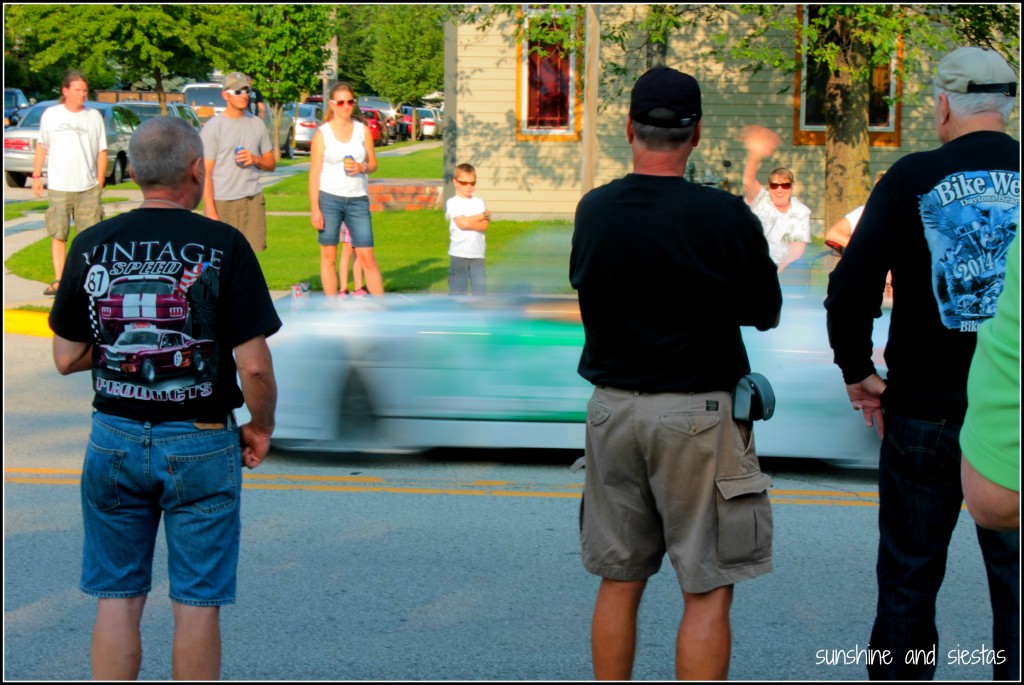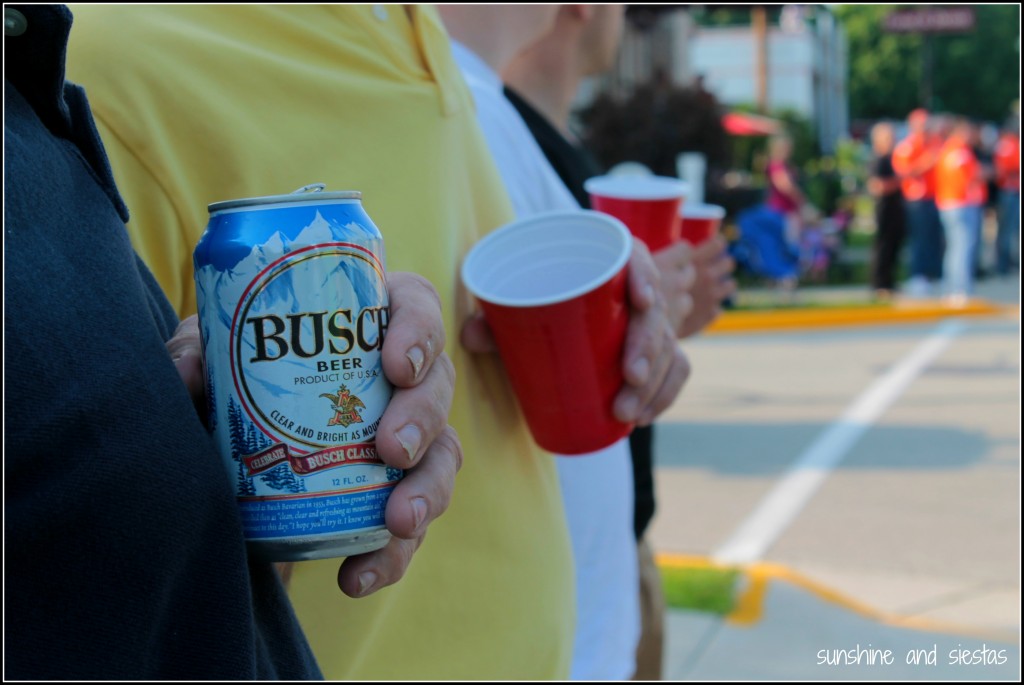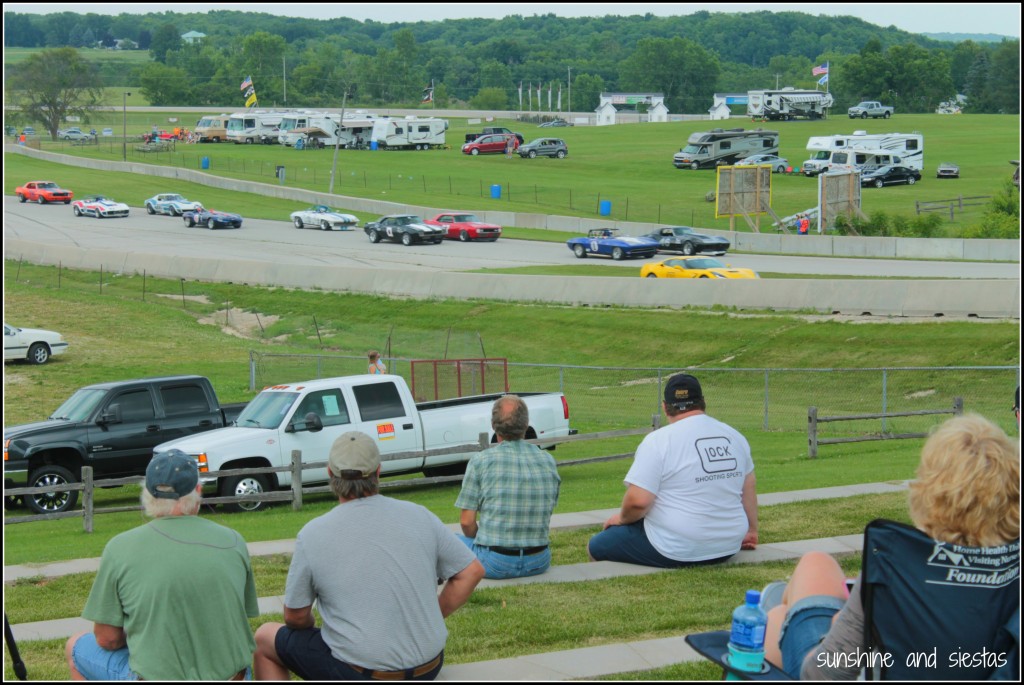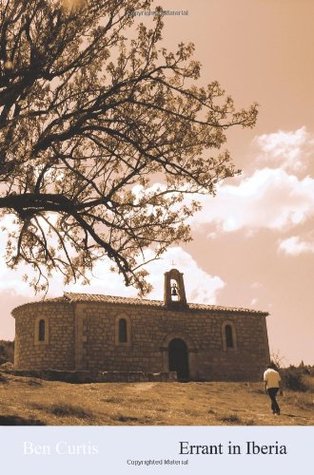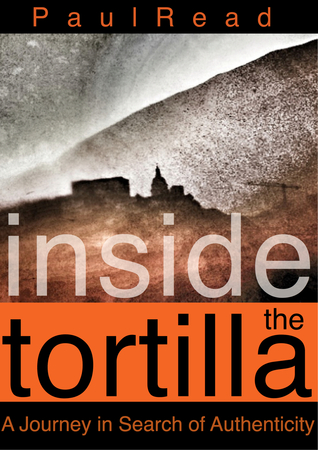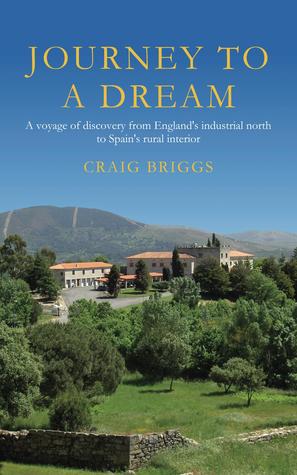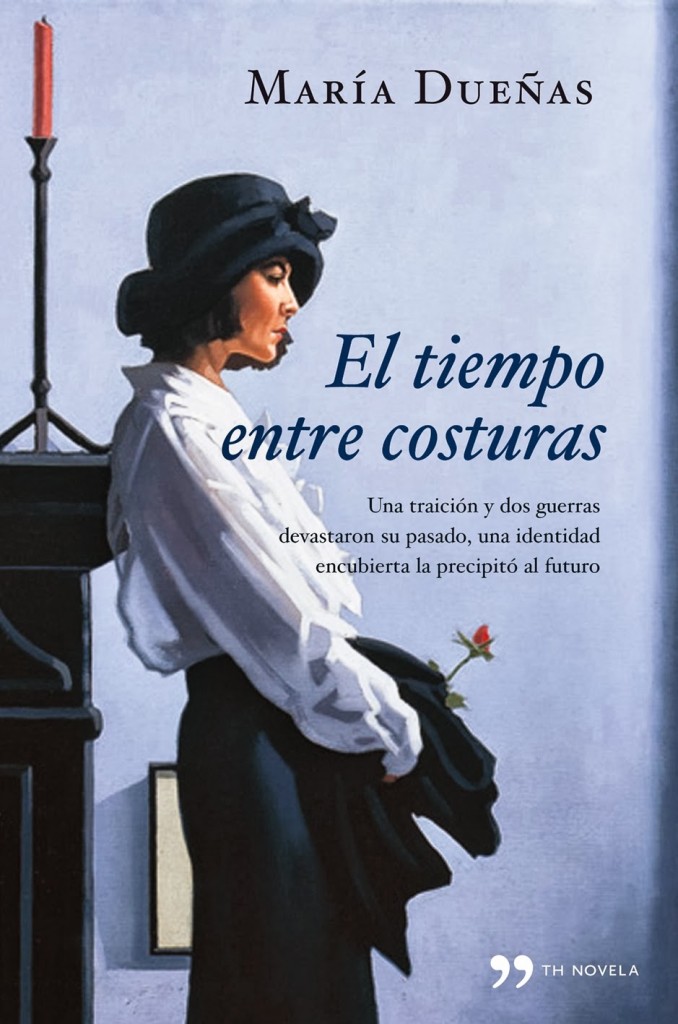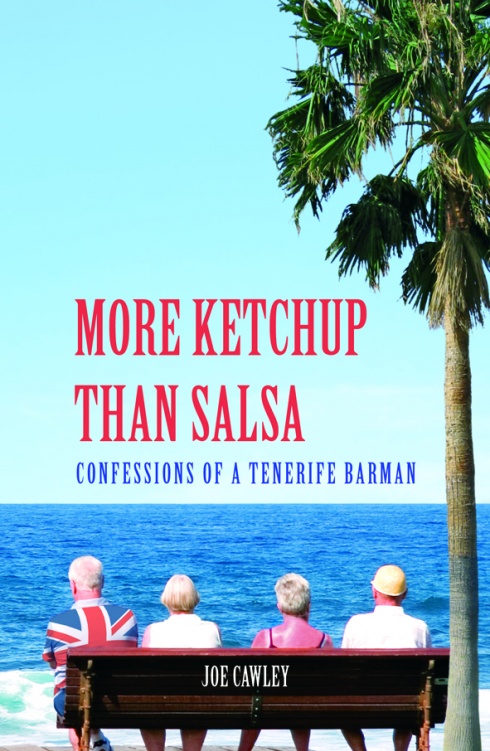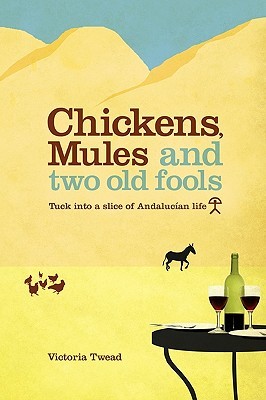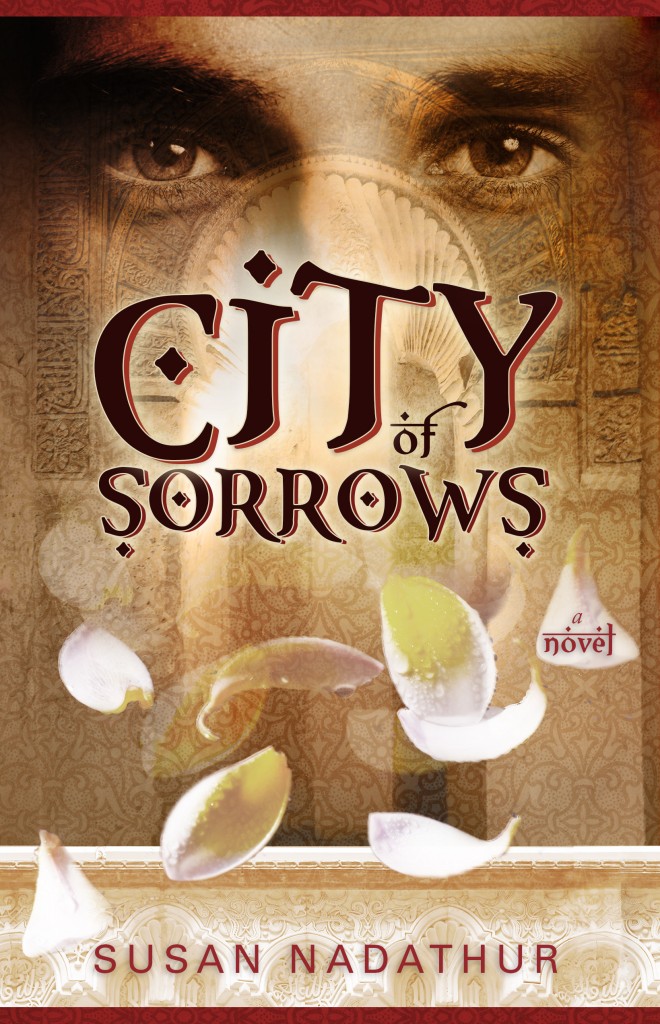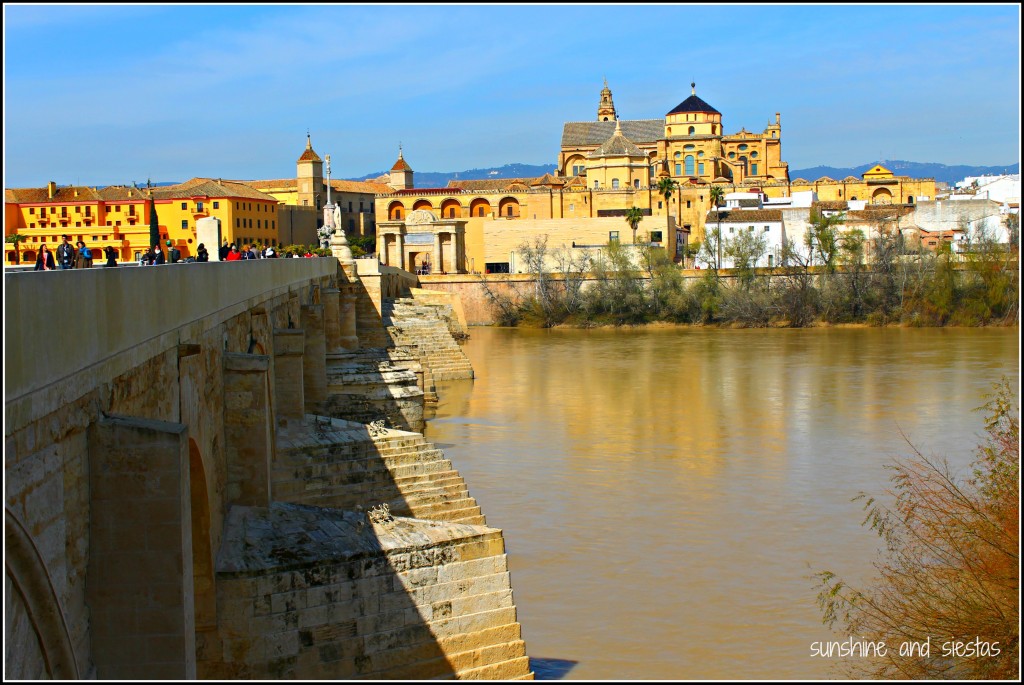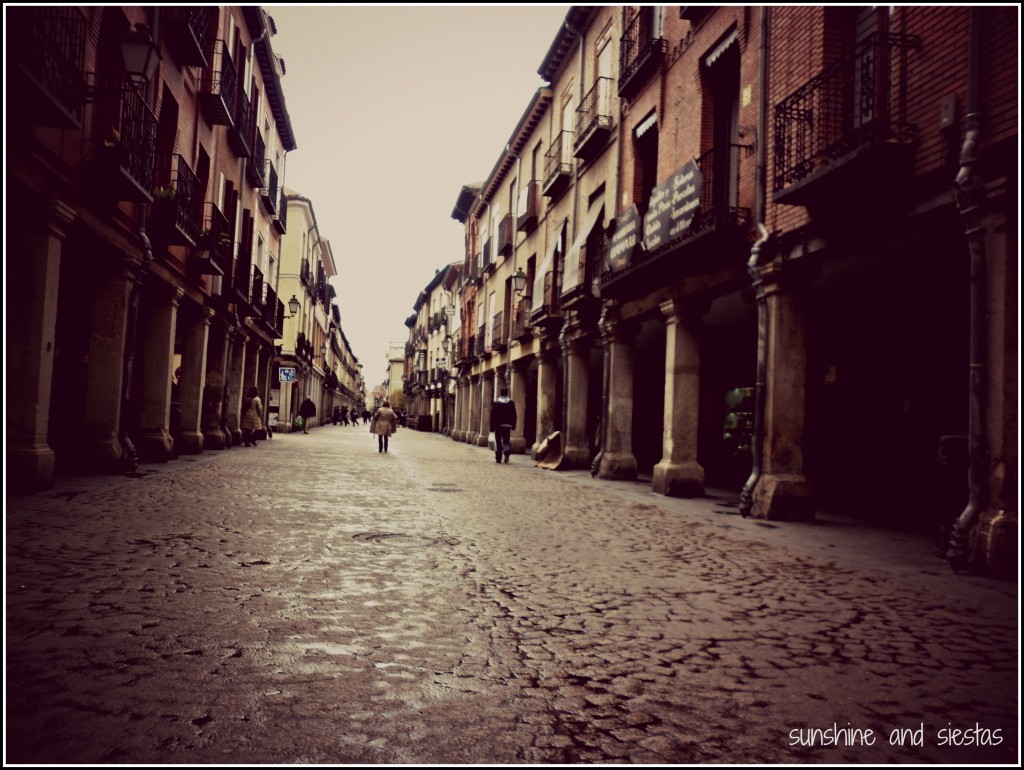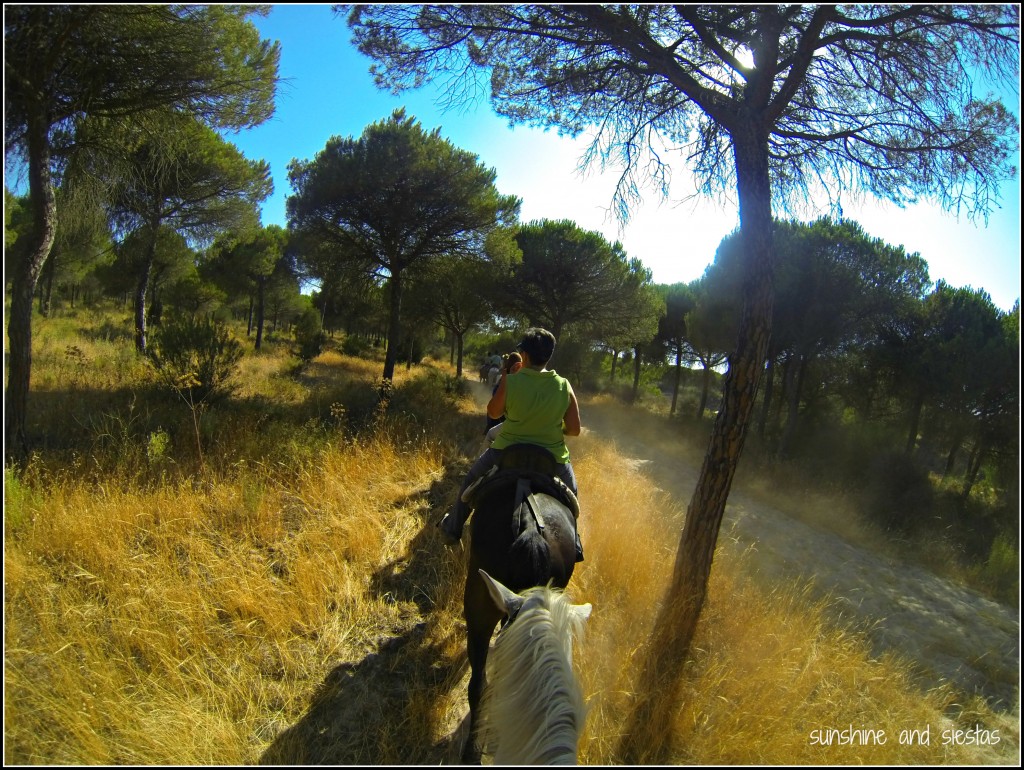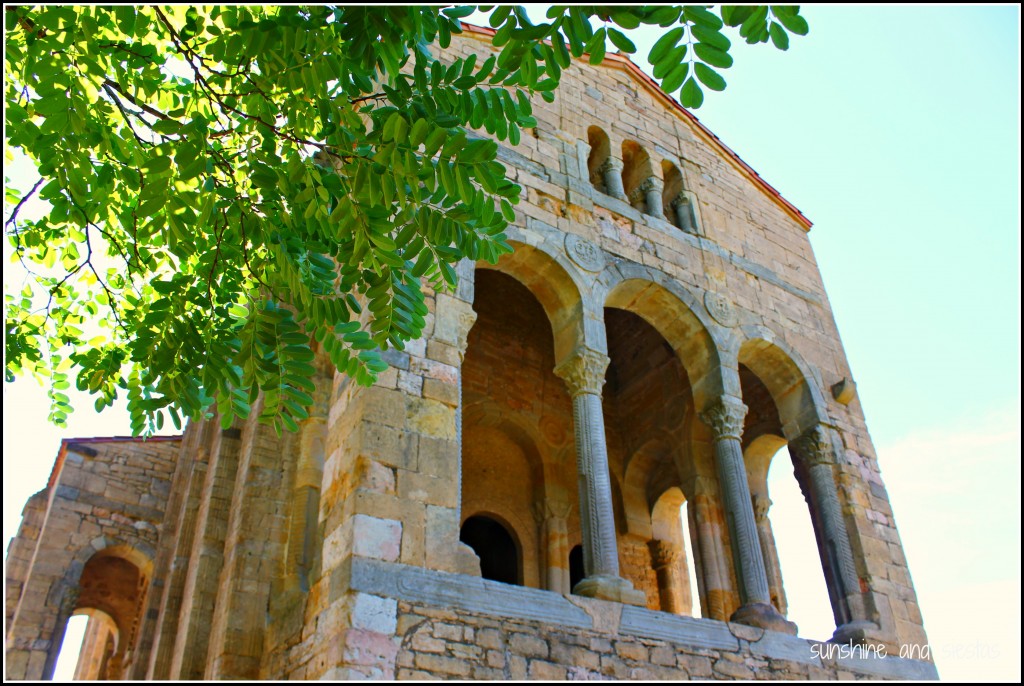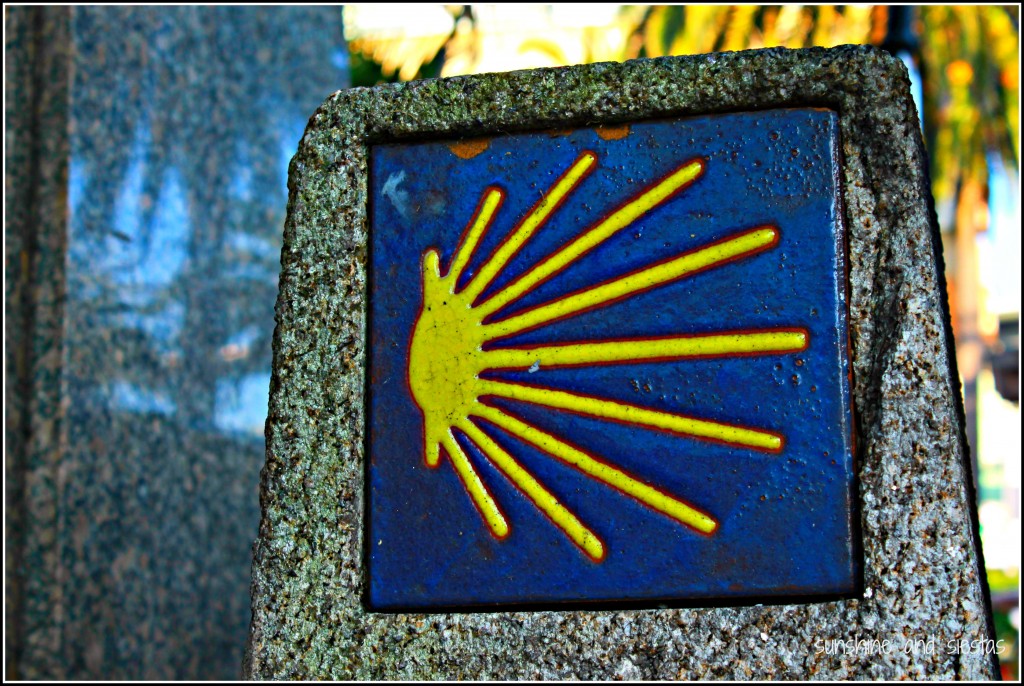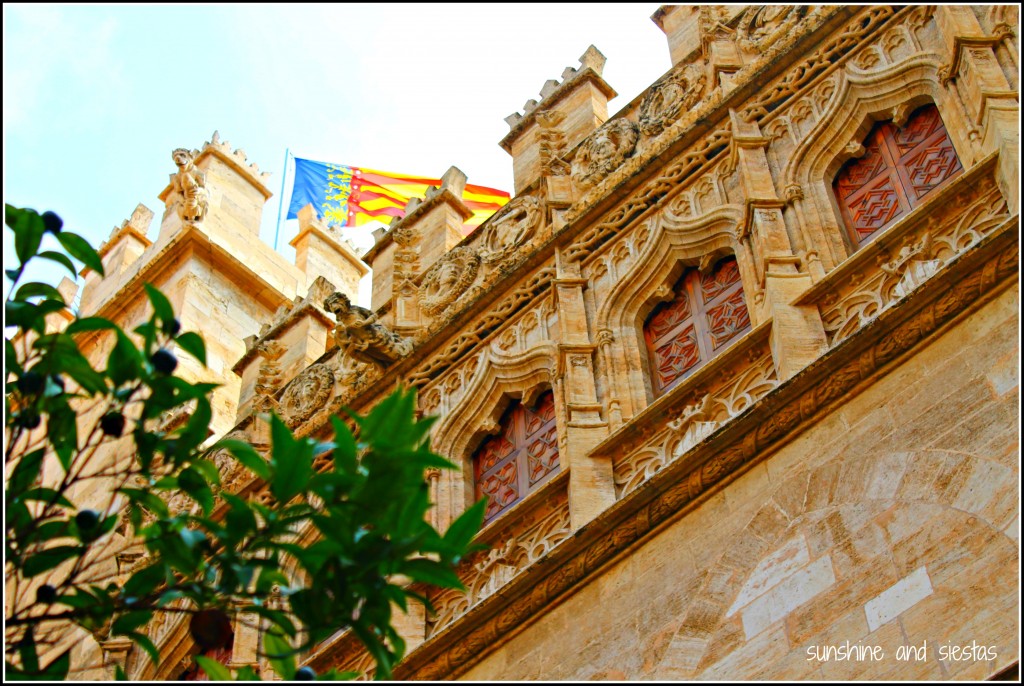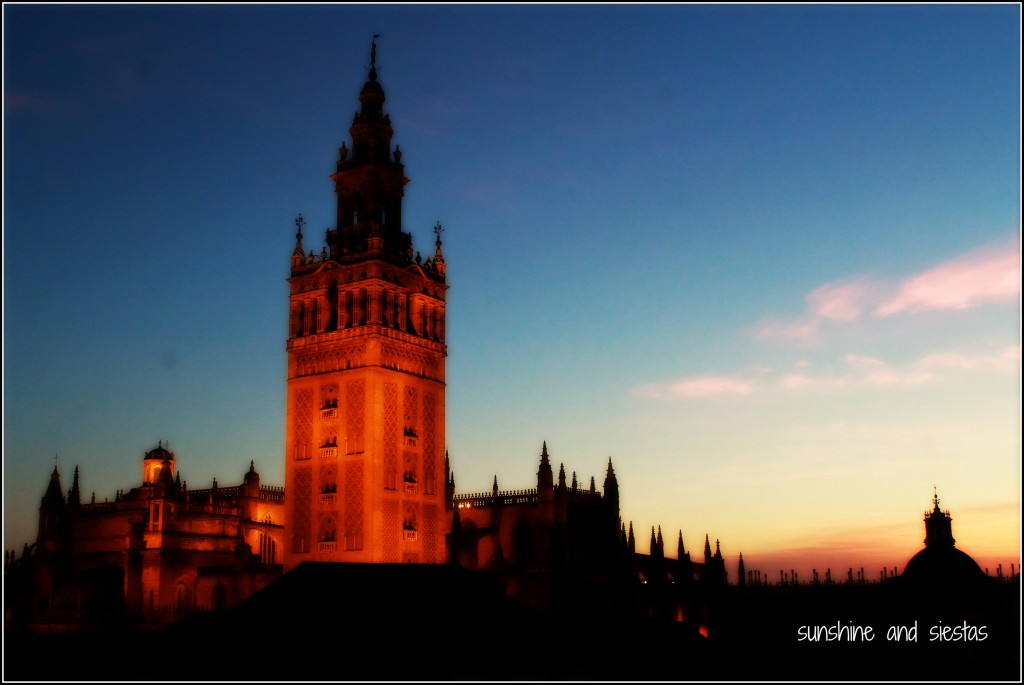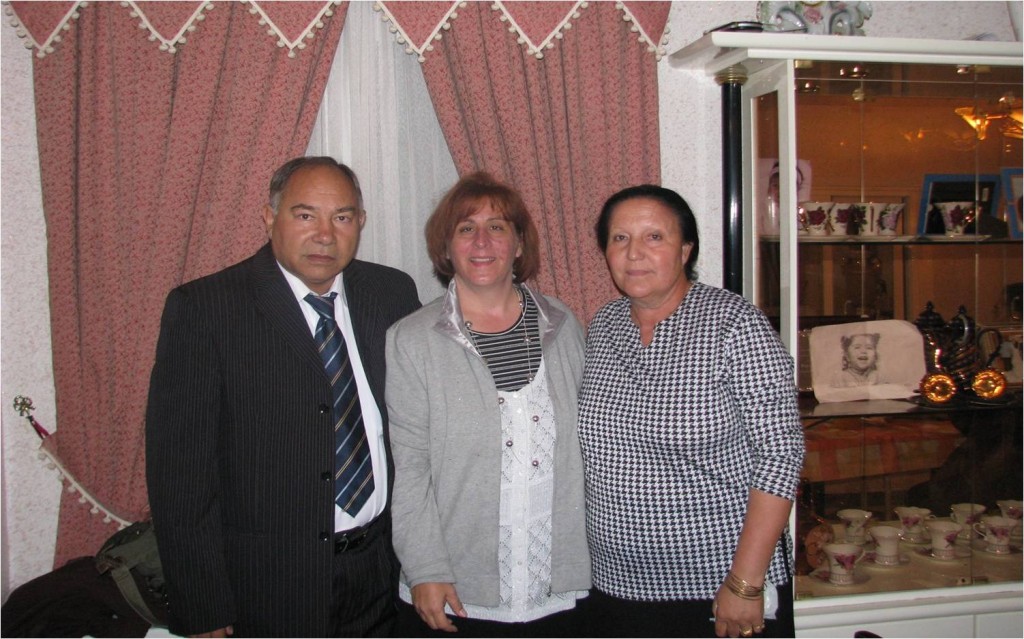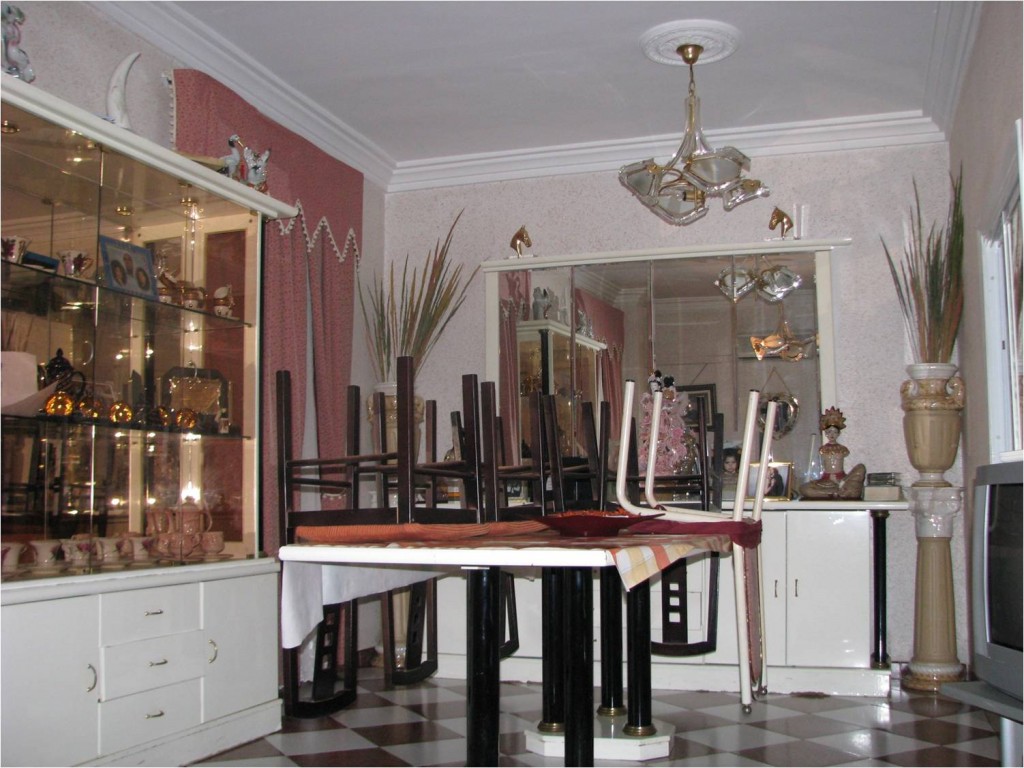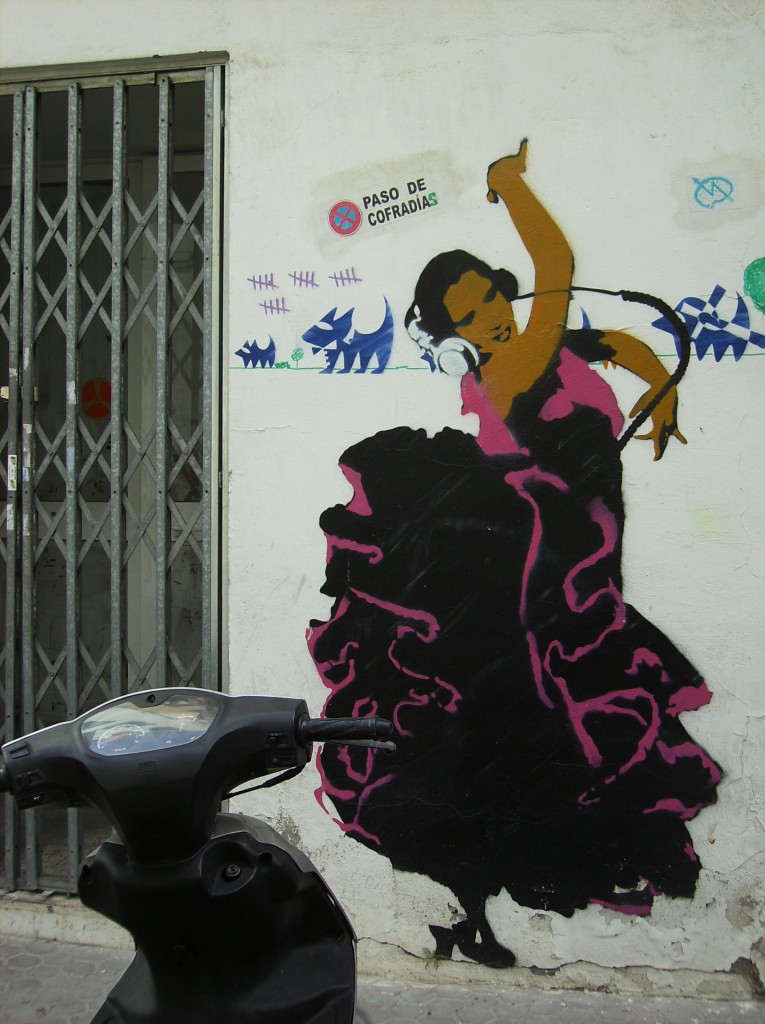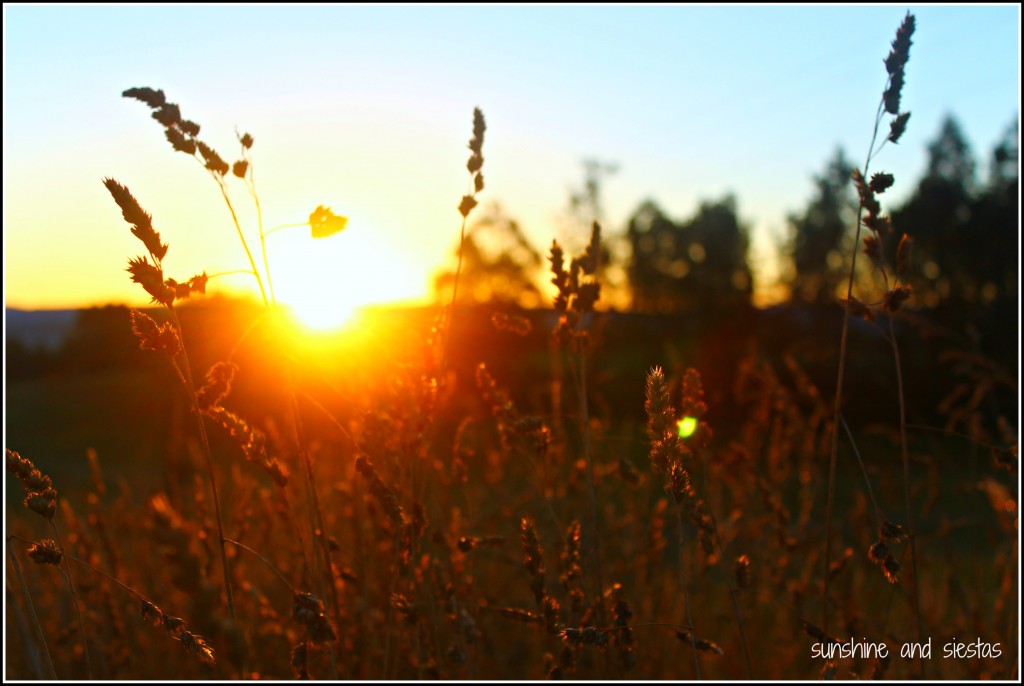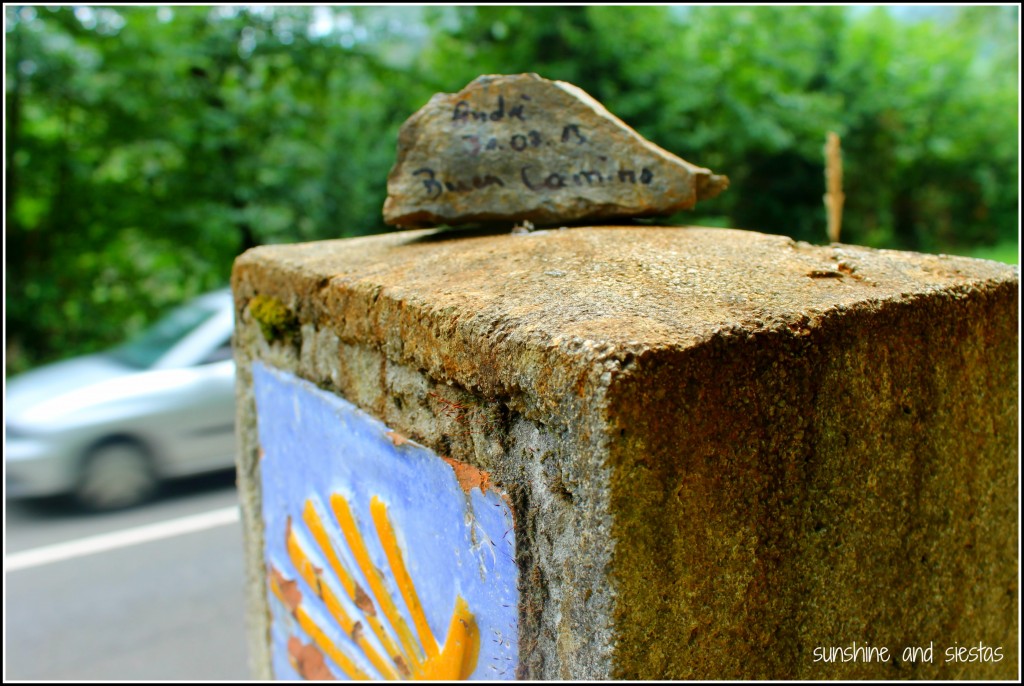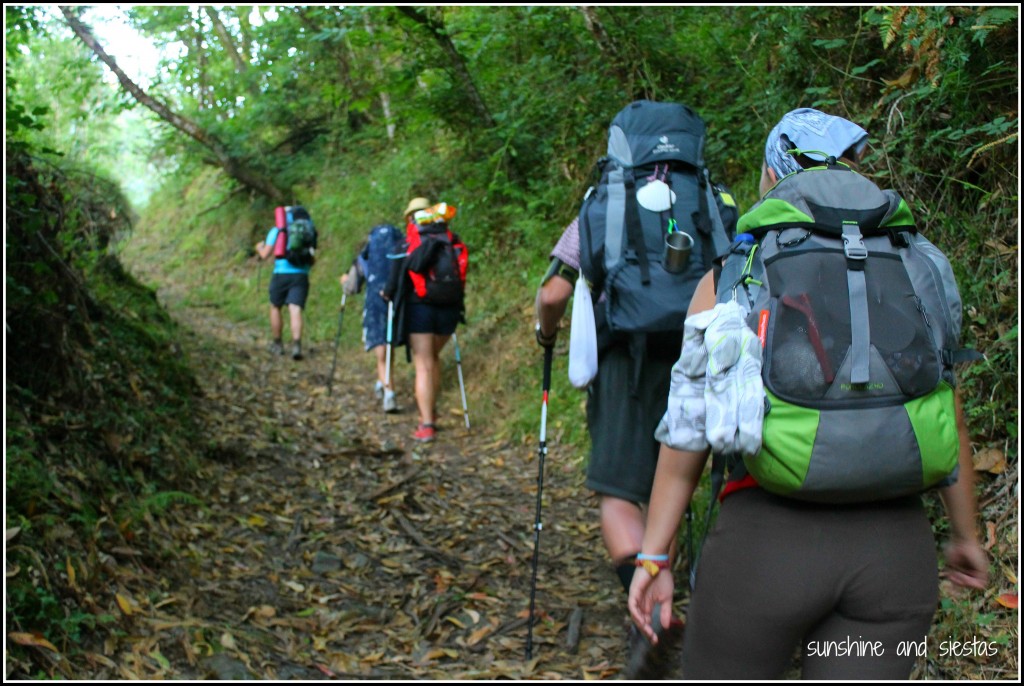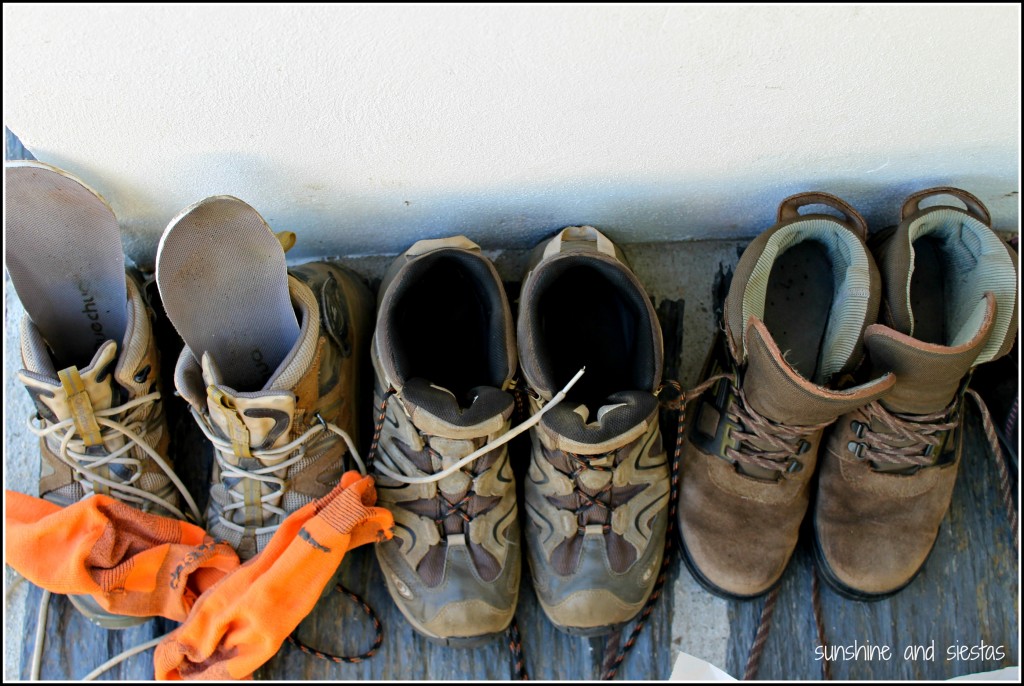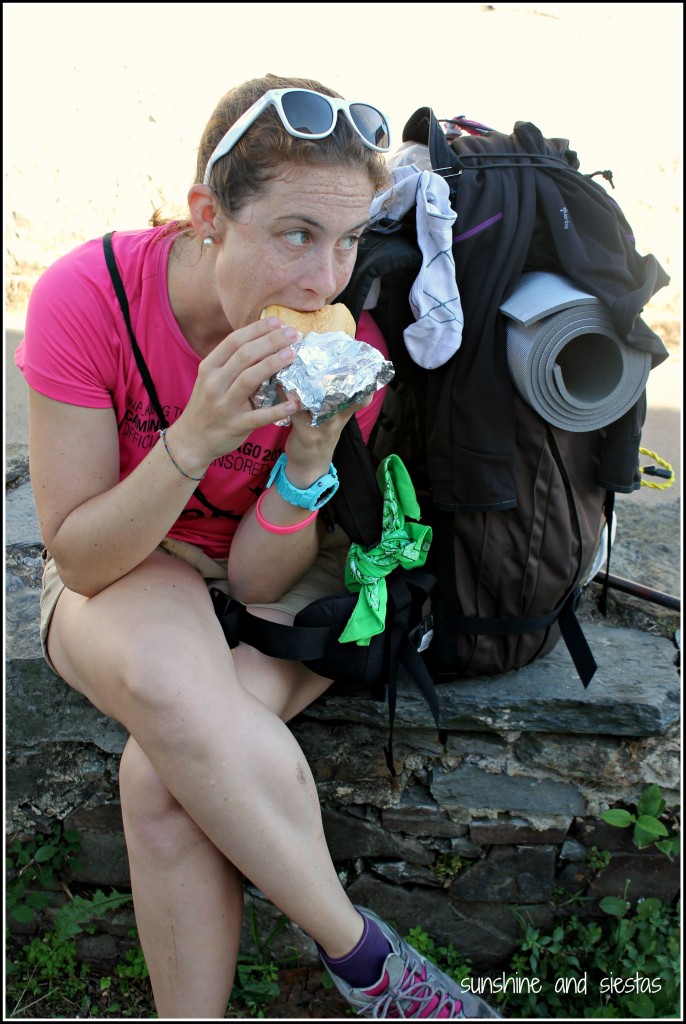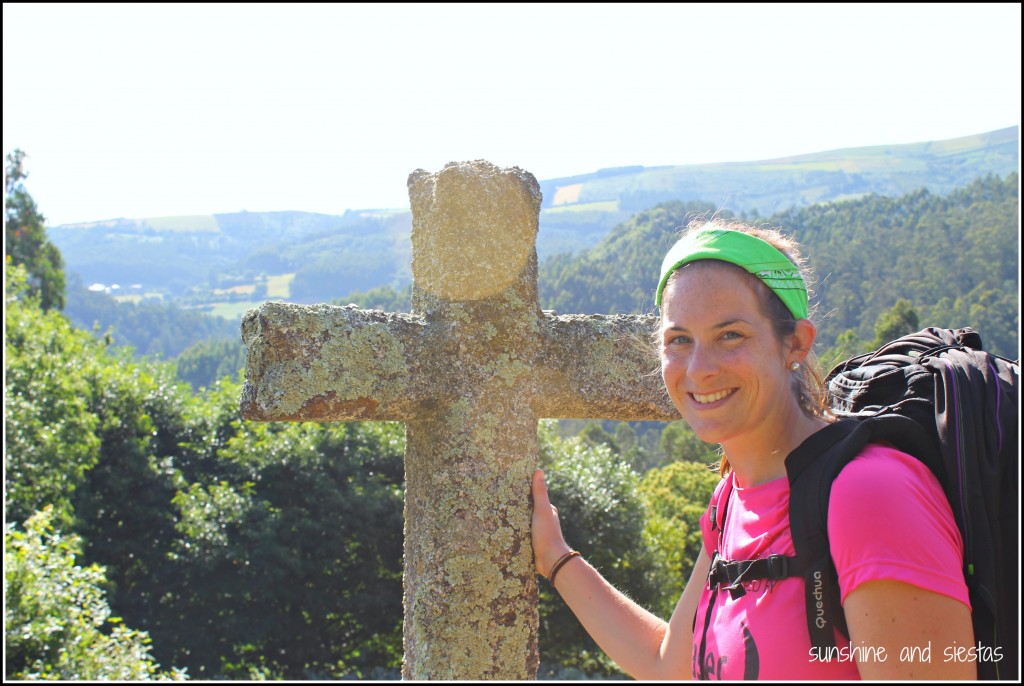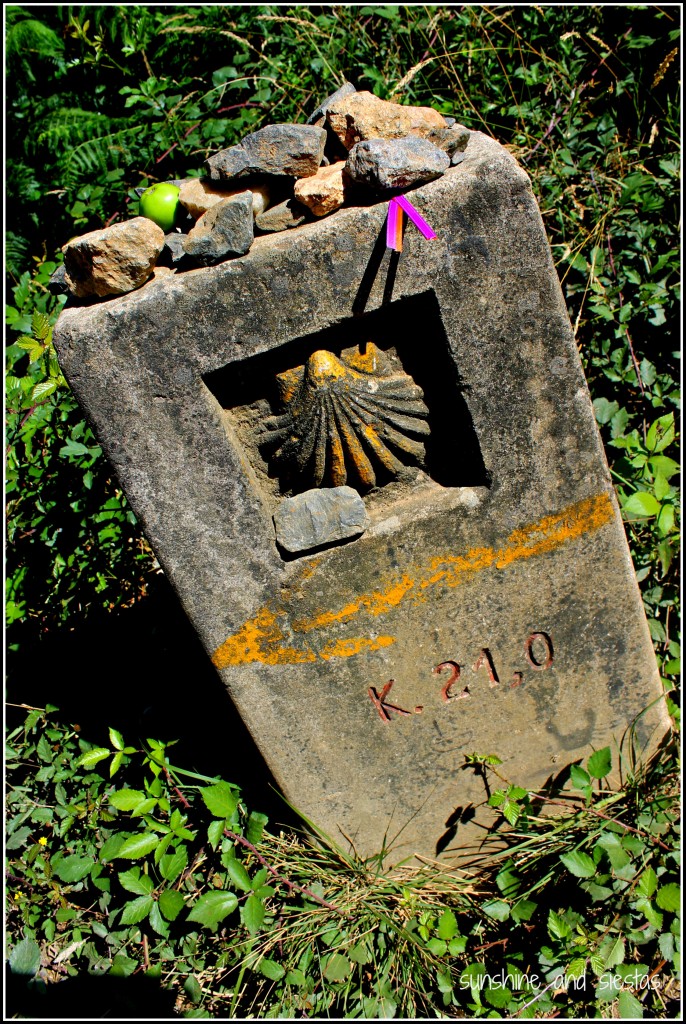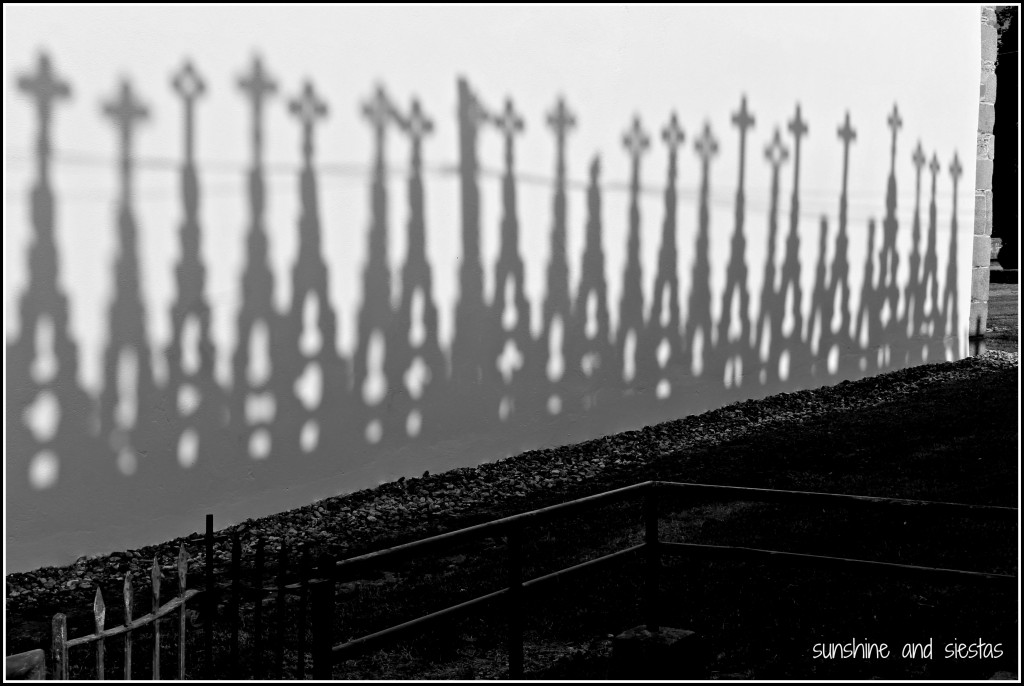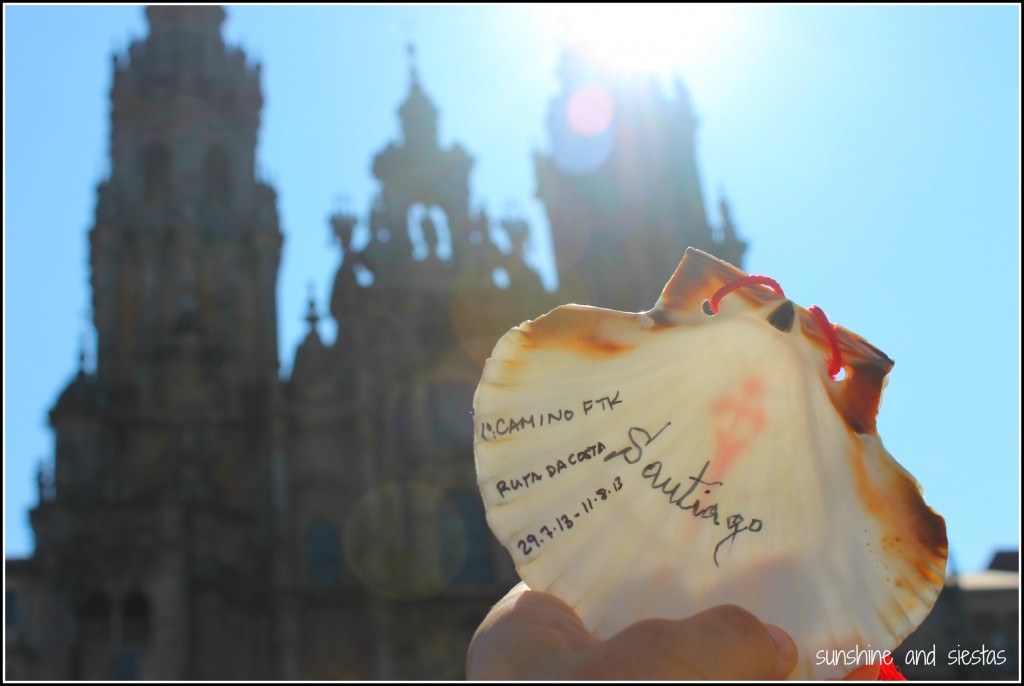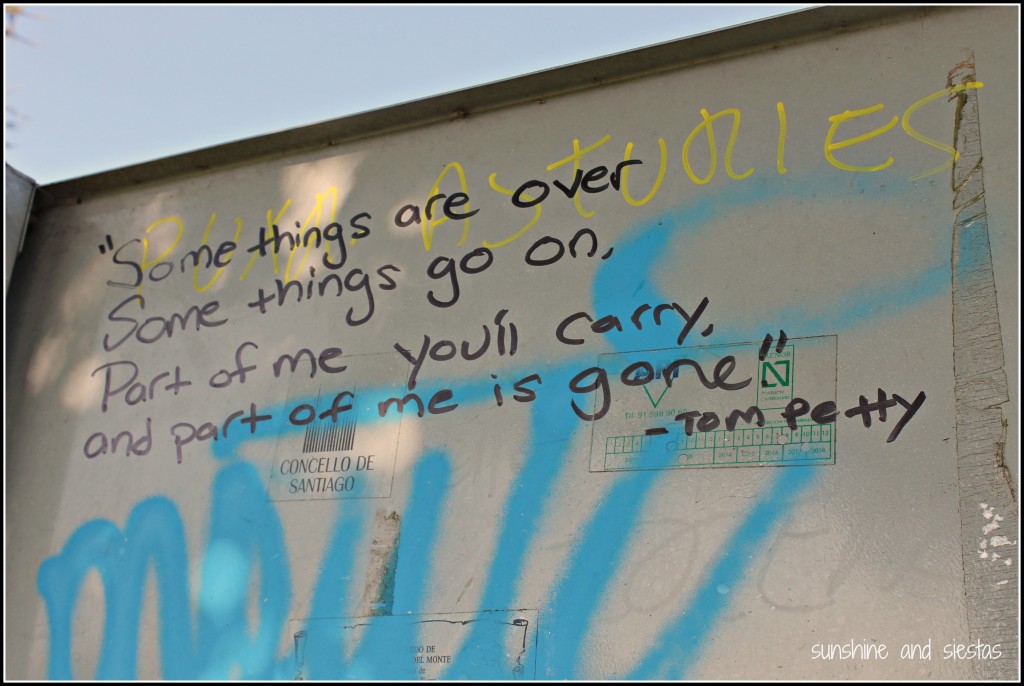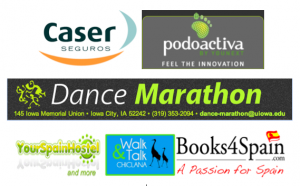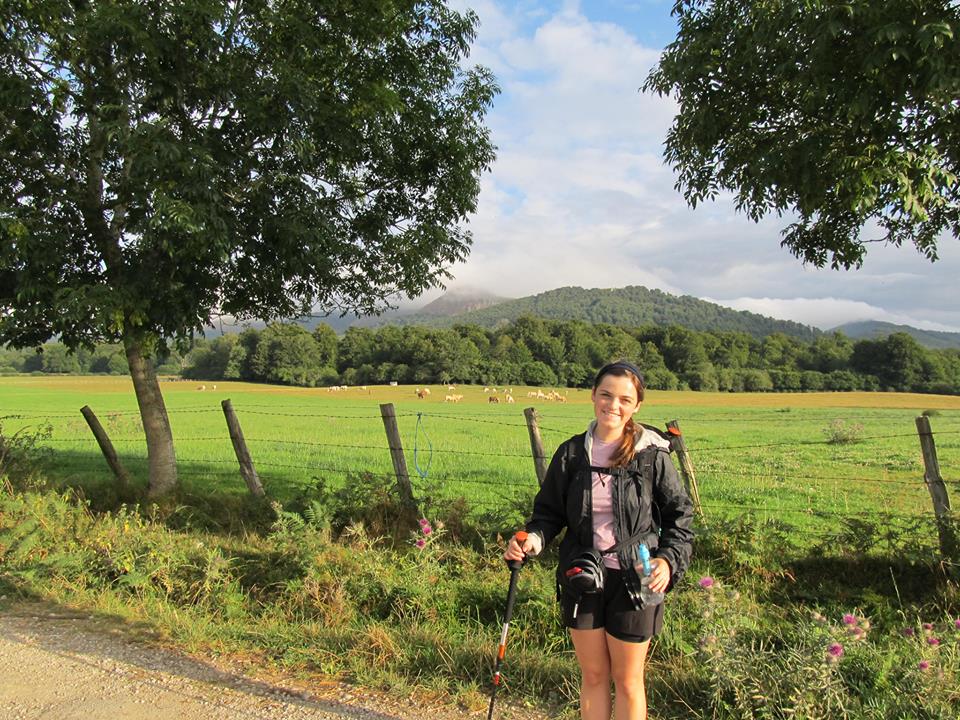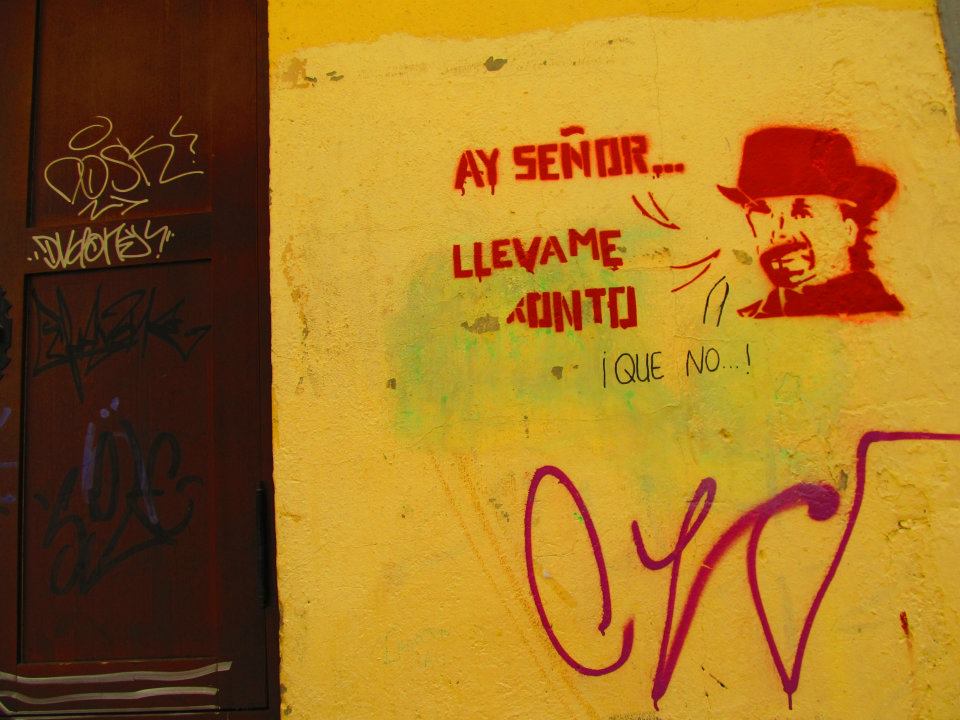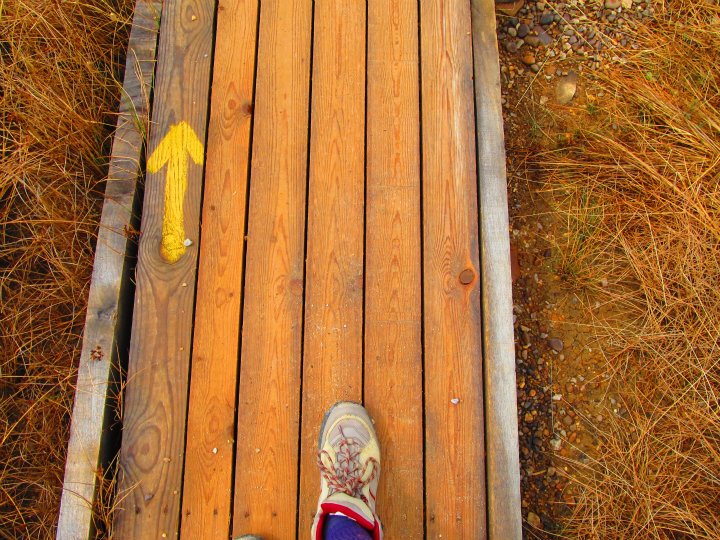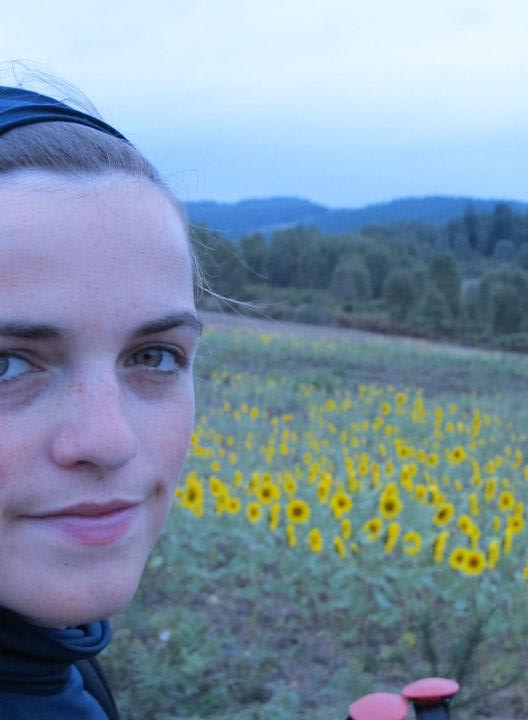It’s a family legend that my father took my mother to a swap meet on their first date. A blind date.
Nancy, a sworn non-drinker, coped by downing piña coladas before noon.
While Don hasn’t exactly passed along his love of old hot rods to his eldest, one of my favorite things to do with my dad is hit classic car shows in his ’57 Vette and scope out muscle cars.
When my dad mentioned my early arrival date would allow me to accompany him to Elkhart Lake, Wisconsin, I jumped at the chance. Things had been stressful since my grandpa’s passing, and I needed a few days’ break from a new house, issues with my Spanish bank and technology. I immediately cancelled plans I’d made with friends.
What I really needed was a good old dollop of Americana, the familiar lull of V8 motors and little else to do but stare at a lake with a beer in my hand.
When my dad went to college in Wisconsin, Elkhart Lake was halfway in between his hometown and his college town. For my entire life, he’s been spinning stories of the good old days when he and his friends would moon girls from the pier, stir up trouble at Siepkin’s Pub and sleep it all off the next day (yeah, I know, apple doesn’t fall from the tree).
The town of Elkhart Lake sits along the north and west boundaries of the lake and was made famous in the 1950s, when road racing on the back county roads began to draw crowds. After a proper track was inaugurated in 1955, amateurs began racing vintage cars in time trials on the 4.5-miles track. Road America‘s classic car weekend is the biggest bash of the year, and the three days where my dad and his buddies meet up.
On Friday night, we met my Uncle Bill, cooler stocked full of beers, water and snacks for the weekend. The town was crawling with people – most decked out in Harley Davidson or Road America tees – with the token koozie and beer belly. After the hot rods roared through town, we carried our roadies down the main drag, where old-time, mom-and-pop shops sidled up to a curb-less road that once served as the finish line to the original road race.
Three bands rocked at the three bars, and after about a gazillion gallons of beer (what a sip of fresh air compared to two years of non-stop Cruzcampo), I belted out Journey until my voice was raw with my cousin and his friend.
Welcome home, Cat.
My hangover the next morning was Unwelcome, but a reality as I sipped on a coffee without milk and watched the morning Milwaukee news. Don tossed me a hat and told me to get dressed to go see the track. I put on a cute dress and not-so-sensible shoes (though I would have done better with clothes that were way too tight and even LESS sensible shoes!).
“Oh, you meant go watch the races?” Oops. Apparently the time trials began at 7am, so we were running late. We paid $50 each to gain access, and my dad drove me right away to Turn 3 for the Ultimate breakfast sandwich. Capital U: a Sheboygan butter roll topped with Sargento cheddar and a specially made patty of bacon and brat. Doesn’t get any more ‘Sconsin than this sandwich.
Back in the ’70s when my dad and Ken would camp out at nearby Plymouth Rock, they’d watch the cars come down a shallow slope, nearly run themselves off the track at Turn 3, then speed off down the straightest part of the course. Back then, the course didn’t have barricades, and you could literally feel the cars rumbling in your chest.
I found the noise and the speed and the legendary rumble to be mesmerizing.
I followed my dad and uncle to the Pit and to a Bud heavy, where we watched the finish line. Don kept track of the leading cars around the six-lap track, where I just thought about how cool it was that he’d watch the course and its environs change over the last 40 years or so as I snacked on a Johnsonville Brat.
After two years of beginning to feel sevillana, one weekend, torque, and an endless array of condiments was all it took to remember I’m a corn-fed Midwesterner with a love of beef and hooch-mamma spotting.
What makes you feel really American when you’re home? Do you like going to car shows or car races?
